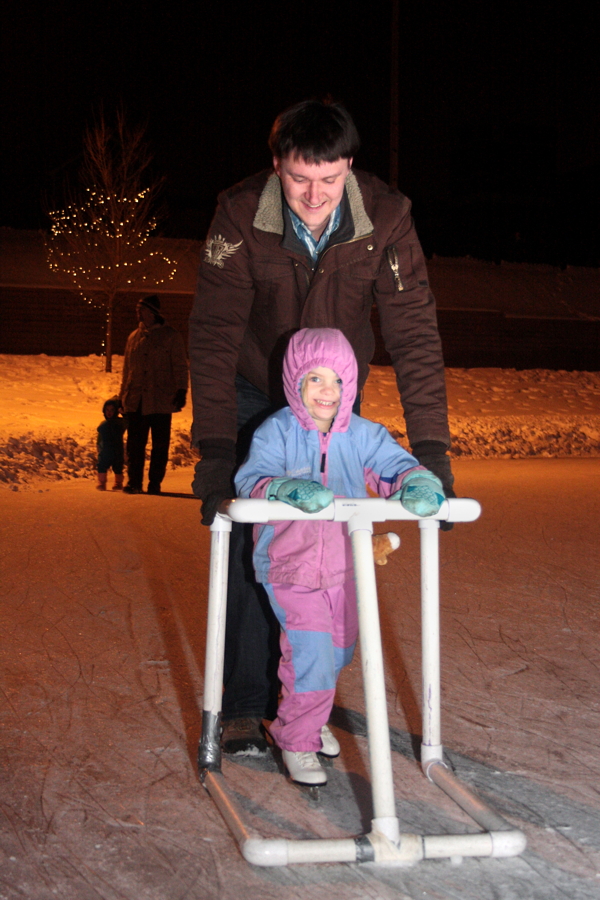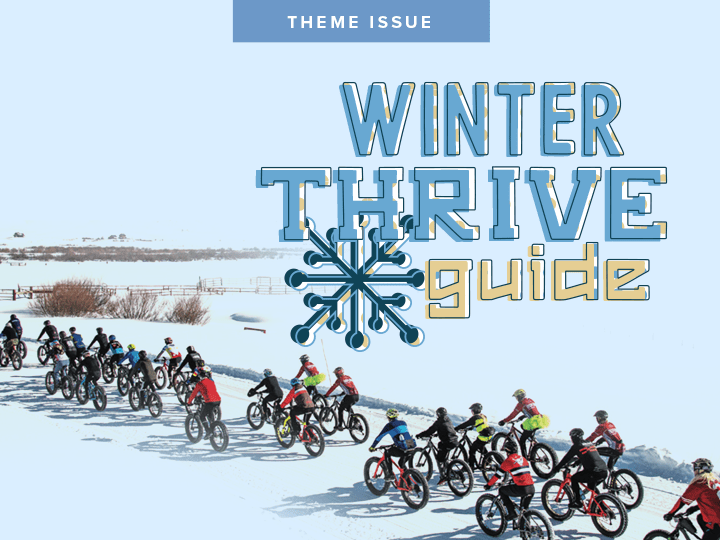Get ‘Em Hooked On Winter
kids exposed to cool activities end up more awesome adults
 If you have kids (or plan to in the future), get them outside and having fun in winter. Because according to loads of officials* around the country, they’re more likely to grow up an environmental steward with physical and emotional well-being. And as an added bonus, they’re also more likely to continue having fun outside in winter. So get them hooked on our awesome winters when they’re young!
If you have kids (or plan to in the future), get them outside and having fun in winter. Because according to loads of officials* around the country, they’re more likely to grow up an environmental steward with physical and emotional well-being. And as an added bonus, they’re also more likely to continue having fun outside in winter. So get them hooked on our awesome winters when they’re young!
Step 1: lead the way
The whole process starts with leading by example. If a parent / guardian / relative / friend / whatever shows them winter is fun, they’ll buy it. If they prefer video games on the couch, so will the kid(s).
Step 2: dress the part
Kids know winter is inherently lamer than other seasons because it’s cold. Trying to teach how fun it can be isn’t easy when they’re frozen. The good news is the tips out there for dressing your kids are aplenty, and with the advances of microfibers, it’s getting better. First of all, avoid cotton. It retains moisture and draws heat from the body. Recommendations include a first and possibly even second layer of moisture-wicking polypropylene, then a layer of fleece, then a waterproof outer layer. (Wicking fabric is also recommended for hats and mittens/gloves.)
Step 3: have fun with it
Kids love using their imaginations and making the ordinary extraordinary. So even if what you have in mind is a walk to the park, if you think up a cool name and game, it’s no longer boring – it’s awesome. For example, call it a “Nature Extravaganza” and look for animal tracks or different birds and squirrels. Look at the trees and compare bark, or how big the trunks are. Or pick up a GPS and go geocaching. (Cheaper option: draw a crude treasure map and go hunting.)
Step 4: pick suitable activities
While team games can be a lot of fun in winter, it’s difficult to keep several people engaged on the same level and teach/enforce rules. The best activities are those that can be done on an individual basis as well as a group (races), can be easily made into games, and are easily adaptable. For ages 4 and up, try exploring, hiking, snowshoeing, ice skating, and cross-country skiing. By the time they’re 5 or 6, they can handle things like snowboarding, downhill skiing, and shootaround hockey. You most likely need kids 8 and above for full-on team sports or ice climbing (though they need to be experienced rock climbers first – and that can start around 5).
Step 5: take breaks
Some kids get frustrated because they don’t have the same mobility with these clothes and the slippery surface of snow/ice. Plus they’re cold and thirsty. This is the time to provide encouragement, take a break, and rejuvenate their spirits. Also, you’re probably due for hot chocolate (which keeps them hydrated and warm, as well as provides a positive association with winter activities).
Step 6: rinse & repeat
If this whole process is done right, and they’re having fun, you won’t need to coax them into going outdoors. Hopefully they’ll engage friends and tackle winter on their own. They’ll build forts, make sculptures, and have snowball fights. And, after time, they’ll come to appreciate their natural surroundings, be more physically fit, and have more emotional development. The biggest downfall: when the snow melts, they’ll be counting the days until the next winter.
* Such as Mike Logsdon, executive director of the Adventure Sports Institute in Maryland; David Gallahue, dean of Indiana University’s School of Health, Physical Education, and Recreation; and Andy Miller, director of kids programs at the Sun Mountain Lodge (Cascade Mountains, Washington).

